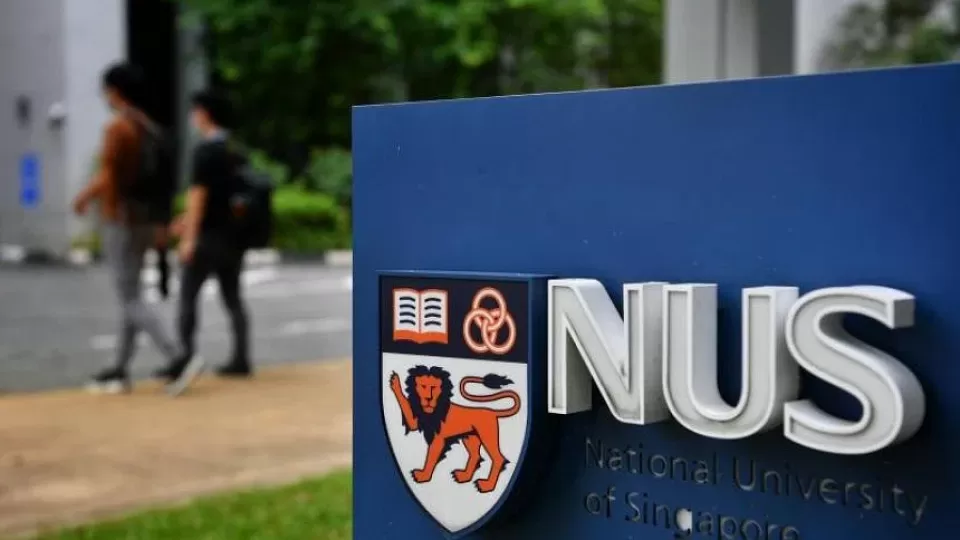December 5, 2022
NEW DELHI – Three Singapore universities feature in a list of around 260 top international academic institutions that India has approached to initiate close academic linkages with local universities.
India’s academic regulator, the University Grants Commission (UGC), is encouraging Indian institutions to collaborate with foreign universities to offer joint and dual degrees, as well as twinning programmes, rules for which were announced in May.
The initiative aims to widen Indian students’ access to quality international higher education and raise the standards of India’s academic institutions.
The government is also finalising rules to allow foreign universities to set up campuses in India. They are expected to be in place by the end of June 2023.
National University of Singapore, Nanyang Technological University and Singapore Management University (SMU) are among the 260-odd institutions shortlisted by UGC, its chairman Mamidala Jagadesh Kumar told The Straits Times.
“Singapore is a great friend of India… In education too, we want to work together,” said Professor Kumar, adding that UGC will take “special interest” in identifying institutions in Singapore to establish twinning and joint and dual degree programmes.
“Also, if some of those universities are interested in setting up a campus in India, we will handhold and work with them.”
At least 50 universities approached have expressed interest in setting up twinning, joint and dual degree programmes, with around half a dozen of them “very serious“ about doing so, according to Prof Kumar.
He said SMU too has expressed interest in setting up a dual degree programme. The university did not respond to a request for comment.
The joint and dual degree schemes will feature curricula jointly designed by a collaborating Indian and foreign higher educational institution. Both require a portion of the course credits to be earned at the overseas institution through conventional face-to-face learning.
Students pursuing a joint degree will obtain a single certificate issued by both institutions, while those studying under a dual degree programme will get separate degrees for the same discipline from each institution upon graduation.
Under the twinning programme, students enrolled at an Indian institution will be allowed to study partly in India and partly at the collaborating foreign institution.
This will especially benefit students who cannot afford to study abroad for full-time degree courses, as they can do so “for a semester or two”, Prof Kumar said.
“That’s the idea of twinning… the student will have access to high quality education in a foreign university,” added Prof Kumar. “Even for the foreign university, it is a win-win situation because a large number of students will be able to go over, even though they will be spending a shorter duration.”
Getting foreign universities to set up campuses in India is similarly aimed at making high quality education more accessible and affordable for Indian students, besides attracting students from South Asia and beyond to these campuses.
“If the foreign campuses come here, the faculty of the foreign campuses can collaborate on research with our Indian collaborators. So that is another second positive impact that I hope will happen,” Prof Kumar added.
Institutions from France and Italy have expressed interest in setting up campuses in India, but any decision to do so involves multiple challenges, including ensuring the autonomy foreign universities will need to run their campuses effectively in the country.
The UGC chairman said such campuses will have “full freedom” to develop their academic programmes, hire faculty, set their fee structure and also decide their admission process.
“But we would also like that the quality of education is the same as that offered in the main campus; there should not be any dilution,” he added.
Dr Pushkar, who uses just one name and writes on India’s higher education sector, is sceptical that top American or British universities would set up campuses in India.
They have little incentive to do so, given they are already doing well financially and attract top quality faculty and students from India and beyond, he said.
“Indians are on their radar screen, India is not,” he told ST. “You have a continuous growth in the number of Indian students heading abroad. So, why should I come to India if Indians can come to me?”
Attracting good quality foreign campuses will entail overcoming multiple challenges, including drawing in foreign faculty members from the US or Europe, he added.
They may be more attracted to a place where they are offered comparable or better lifestyles than their home countries, such as Abu Dhabi – which is home to an offshore campus of New York University – but not necessarily India.
“Unless they are able to enjoy comparable lifestyles both within and outside the campuses in India, I can’t imagine many people moving in,” Dr Pushkar said.


